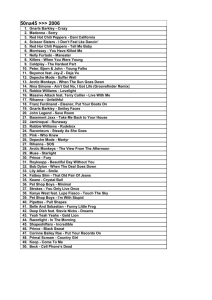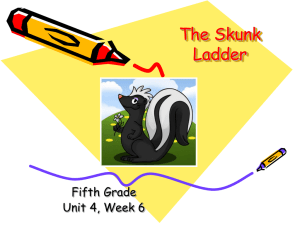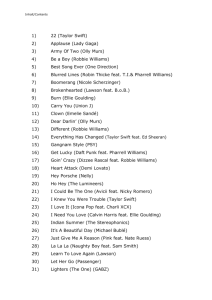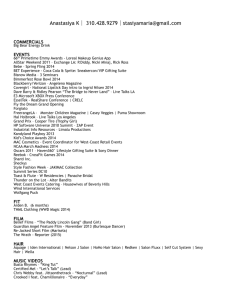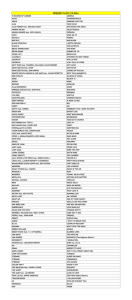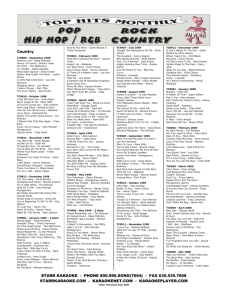Teaching Vocabulary to English Learners
advertisement
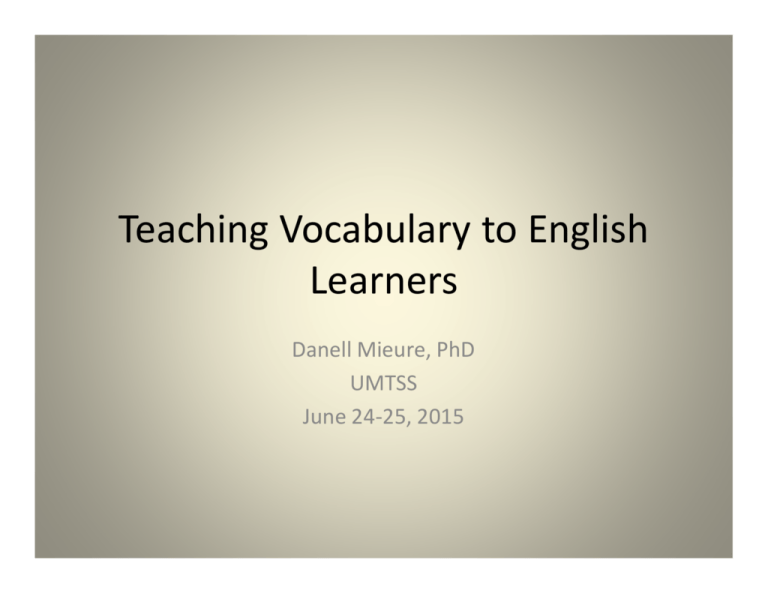
Teaching Vocabulary to English Learners Danell Mieure, PhD UMTSS June 24-25, 2015 Objectives • We will review the importance of vocabulary instruction – Research • We will analyze vocabulary instruction – Amount – Quality – Strategies • We will look at the communicative approach to language learning • We will analyze student work • We will practice and you will leave with a statistically significant process to teach vocabulary My Story • Saw ELL students struggling • Wanted to investigate what was happening • Did research on vocabulary for ELL students – Applied an intervention to see if something would make a difference for the students • It did! – Statistically significant Your Story • Why are you here? • Why is vocabulary important for your students? • What difficulties do you experience with vocabulary for your ELLs? Importance of vocabulary instruction • Gap • Comprehension – Influenced by vocabulary – Decode but not comprehend • Priority • Utah State Core • Without prompting, (students) demonstrate command of standard English and acquire and use a wide-ranging vocabulary. • The vocabulary standards focus on understanding words and phrases, their relationships, and their nuances and on acquiring new vocabulary, particularly general academic and domain-specific words and phrases. Quantity of vocabulary instruction • Core reading programs – 13%, 14% • Content study – 6% overall – 1.4 % in content classes McGill-Franzen et al., 2006; Flynt & Brozo, 2008 Common vocabulary instruction • Teacher displays word, reads word and explains or defines the word • Look up words in a dictionary/glossary • Create analogies • Choral read the word (as basis of instruction) • Use the word in a sentence • Read the words in context of a passage to determine meaning (secondary and elementary) Vocabulary instruction (cont.) • Use of affixes and roots to determine meaning • Ask questions about the words to build background, understanding (If a tree branch trembles, what might be the cause?) • Worksheet – Fill in the blank – Match word with clue or antonym – Write sentences for some of the words – Multiple choice • Cloze activities Effective for English learners? • What are benefits for English learners? • What could be a roadblock for English learners? What do our students face? • Typical vocabulary instruction procedures can be daunting for ESL students • Assignments may not address explicit instruction • Structured instruction of assignments sometimes lacking BUILDING VOCABULARY A. Multiple Choice Circle the letter before the term or name that best completes the sentence. 1. The conquistador who subdued the Aztec Empire was (a) Juan Ponce de León (b) Hernándo Cortés (c) Pedro Menédez de Avilés. 2. The mestizo population was a mix of Native American and (a) Spanish (b) French (c) English. 3. John Smith was the leader of (a) Jamestown (b) Massachusetts Bay (c) Pennsylvania. 4. The conflict that forever ended Native American power in southeastern New England was (a) the Pequot War (c) the King Philip’s War (c) the French and Indian War. 5. The religious group that espoused plain dress and pacifism was the (a) Puritans (b) Anglicans (c) Quakers. Glossary/word definitions • Cotton: fiber • Tweezers: small pincers for pulling out splinters or hairs • Vein: membranous tubes forming part of the system of vessels that carry blood to the heart • Critique: To critique is to analyze and discuss the details of something • Subset: A subset is a set whose elements are all in the original set. Every set is a subset of itself. • Common denominator: A common denominator is a common multiple of two or more denominators. Immensely • • • • • • • • • • • • • • The dinosaur was immensly. I was so immensily!! I joined in a party immensely today. My dad is immensely that why I am to. I saw a immensely pig. I seen a immensely man at the store. The dragon was immensely. Mountains are immensely. She is also immensely when she plays. King Kong is very immensely. The hamburger was very immensely. I immensely. There was an immensely fight at my house. The school is immensely big. Feat • • • • • • • • He has great feat. I have a great feat at soccer. When I take a test I use feat. My friend was trying to be feat. My brother has feat rilly well. My partner has good feat. People feat on certain skills. My teacher has feat. Pebblez has a feat for soccer. I am feat sometimes. I want to feat my classwork. I made a feat this year. My feat is to drive a car. I see people feat in playing soccer in t.v. sometimes. The Communicative Approach • Emphasis on communication, not just mastery of parts of language • One of the teacher’s main responsibilities is to establish situations likely to promote communication • Students have the choice about what to say and how to say it • Communication is purposeful; immediate feedback • Partners or small group situations maximize the communicative opportunities for students Components of the Research Treatment • Explicit explanation of the word – Student friendly explanations provided by the teacher – Students created their own descriptions of the words, automatically student friendly • Nonlinguistic representations – Used by the teacher in explicit explanations of the vocabulary words – Students created their own linguistic representations of the words Components of the Research Treatment (cont.) • Word association activity done as a whole class/partner discussion – Build background • Word analysis (morphology) – Done as whole class, directed by teacher – Done as partners Components of the Research Treatment (cont.) • Graphic organizers – Basis for the communicative approach – Included nonlinguistic representations, descriptions, examples/non-examples, word analysis • Review games – Required partner or group interaction – Used nonlinguistic representations and student friendly descriptions LET’S DO IT! Day 1 • Explicit explanations • Non-linguistic representations used by teacher • Students write their own explanations fault Molecular diffusion algorithm Day 2 • Word associations – What word could be related to being in trouble? • Has something ever been your fault? – Have you every observed molecular diffusion? • Have you ever made a powered drink such as Kool-Aid or hot chocolate? – When have you used an algorithm? • Have you ever had to follow steps in a video game? Day 2 Word analysis WORD PREFIX BASE WORD SUFFIX fault fault molecular diffusion molecule ar diffuse ion algorithm algorithm Day 2 continued • Student-generated nonlinguistic representations of the words in their notebooks Day 3-4 • Graphic organizer • Communicative: recorder/reporter –Couldn’t complete all the graphic organizers on their own; required a partner • 5 activities Word: description picture template example word non-example prefix base word Suffix Day 5 • Review games – $100,000 Pyramid – Jeopardy The $100,000 Pyramid six five four one two three Jeopardy W O R D Q $100 Q $100 Q $100 Q $100 Q $200 Q $200 Q $200 Q $200 Q $300 Q $300 Q $300 Q $300 Q $400 Q $400 Q $400 Q $400 Additional benefits of the treatment • Vocabulary taught daily • Treatment teachers kept to a schedule • Treatment teachers were consistent in using effective strategies • Interaction between treatment students led to more and deeper conversations • Instructional strategies were purposeful and strategic – Nonlinguistic representations focal point of word descriptions by teacher and student – Graphic organizers used for interaction and vocabulary practice/development – Notebooks integral part of instruction – Review games designed to increase interaction Questions? Danell Mieure, PhD dmieure@yahoo.com mieured@ogdensd.org
